Tallow comes from rendered fat derived from the meat of many types of ruminants, including lamb. It contains a high amount of stearic acid, which makes it perfect for soap, candles, and skincare products.
Humans have used tallow for hundreds of years – and lamb tallow has been a staple in cooking for centuries as well. People use tallow for cooking their favorite meals because of the high smoke point.
At Carnivore Style, we have made and used lamb tallow in quite a number of dishes.
By using the rendered fat from a lamb, we found that it adds even more flavor to some of our favorite recipes.
Quick Summary
- Lamb tallow is rendered fat from lamb, used in cooking for its high smoke point and unique flavor.
- It is calorie-dense, beneficial for low-carb diets, and rich in stearic acid and conjugated linoleic acid (CLA), promoting heart health and potential anti-inflammatory effects.
- A 1962 study featured in Science Direct, investigated the impact of purified diets on the fatty acid composition of sheep tallow, and found that tallow from sheep on such diets contained less stearate and more oleate compared to tallow from sheep on haygrain diets or grazing [1].
- Besides cooking, lamb tallow is used in soaps and skincare products, offering skin regeneration and hydration benefits.
Lamb Tallow Basics
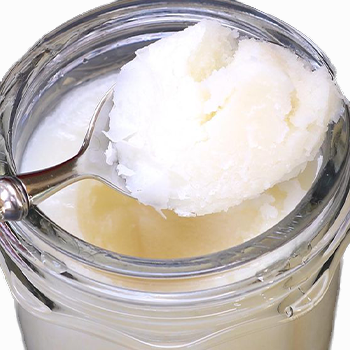
Lamb tallow has a history of being used for the same reasons as other tallows, such as beef, deer, and even buffalo.
It is used for food, lubrication purposes, candles, and soaps.
Tallow is often extracted from sheep fat, whether from mutton (adult sheep) or lamb (young sheep).
It is rendered from the fat cells, often from those found around the internal organs.
Tallow has a higher melting point than most other fats and can be a great addition to your cooking and baking.
It has a delicious flavor while also adding exceptional richness to whatever you are making.
Nutrition Information

Lamb tallow is a calorie-dense substance, with 256 calories in every ounce.
Tallow derives all those calories from fat, without any calories from proteins or carbohydrates.
This makes tallow a particularly good choice for those on a low-carb, carnivore, or ketogenic diet.
A single tablespoon of lamb tallow contains 12.8 g of total fat, 6.1 g of saturated fat, 5.2 g of monounsaturated fat, and 1 g of polyunsaturated fat.
According to a 1989 study in the National Library of medicine, lamb tallow is a significant source of dietary cholesterol but does not generally raise serum cholesterol levels [2].
This appears to be due to the high stearic acid levels found in tallow.
Stearic acid increases the metabolism inside the cells, which helps them rapidly convert dietary cholesterol into needed hormones.
It is also thought that this reduces heart disease and diabetes.
Health Benefits

Animals, like lambs, who eat a lot of grass have a high level of conjugated linoleic acid (CLA) in their fat.
People who have high CLA levels in their system have lowered cardiovascular risks [3].
Additionally, lamb tallow may offer anti-inflammatory and anti-cancer effects because of its high levels of CLA.
Naturally occurring trans fats like oleic acids seem to increase mitochondrial fat burning.
"The goal of my diet-style is eating for optimal health and longevity. What greater benefit could there be than living healthfully and actively into old age with no dependence on medications and almost no risk of heart disease, diabetes or dementia?"
- Joel Fuhrman, Scientist
Lamb tallow, because it is 100% fat, is an excellent vehicle for bringing vitamins into your system.
Vitamins A, D, E, and K are fat-soluble and so require substantial amounts of fat to be absorbed by the body.
The tallow found in lamb is highly saturated, which increases the bioavailability of those vitamins as well as carotenoids like beta-carotene.
Skin Benefits

Topically applied lamb tallow can promote skin regeneration on a cellular level so that it heals and renews more quickly than it would on its own.
Further, the fatty acids of tallow are similar in profile to those in your natural skin oils.
In this way, tallow links well with the skin - keeping it hydrated and healthy by locking moisture in.
Lamb tallow's moisturizing effect both reduces dryness and improves the barrier function of your skin.
Thus, it leaves your skin feeling soft and supple while helping to protect it from irritants and infection.
Ways to Use Lamb Tallow
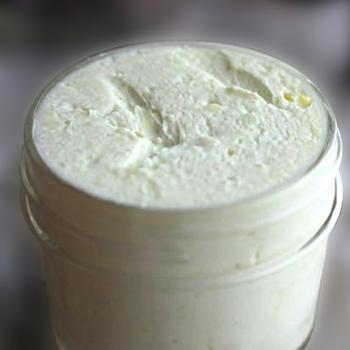
First and foremost, you can use lamb tallow as a substitute for any other cooking fat or oil. It has a smoke point of 480℉, making it able to fry at high temperatures before burning.
This leads to tallow producing fewer free radicals than plant-based oils such as canola or olive when heated.
Thus, you can use it to fry eggs, vegetables, meat, or seafood in a kitchen that stays smoke-free.
Lamb tallow does not only have to be used for cooking. In fact, throughout history, tallow has been the primary ingredient of soaps and detergents.
By mixing this fat with lye, you end up with a cleaning agent that does not melt away quickly, is gentle on your clothes, and is easy on the skin.
Related Articles:
Carnivore Style’s team recommends using high-quality animal fats like lamb tallow for those following a carnivore diet, as it’s rich in nutrients and adds incredible flavor to your meals.
We also want to ensure you get the most out of your carnivore diet without sacrificing your health goals. Check out our other guides for more tips on selecting meats and fats that support a balanced, healthy lifestyle.
References:
- https://www.sciencedirect.com/science/article/abs/pii/S0022316623139538
- https://pubmed.ncbi.nlm.nih.gov/2569150/
- https://pubmed.ncbi.nlm.nih.gov/20463040/


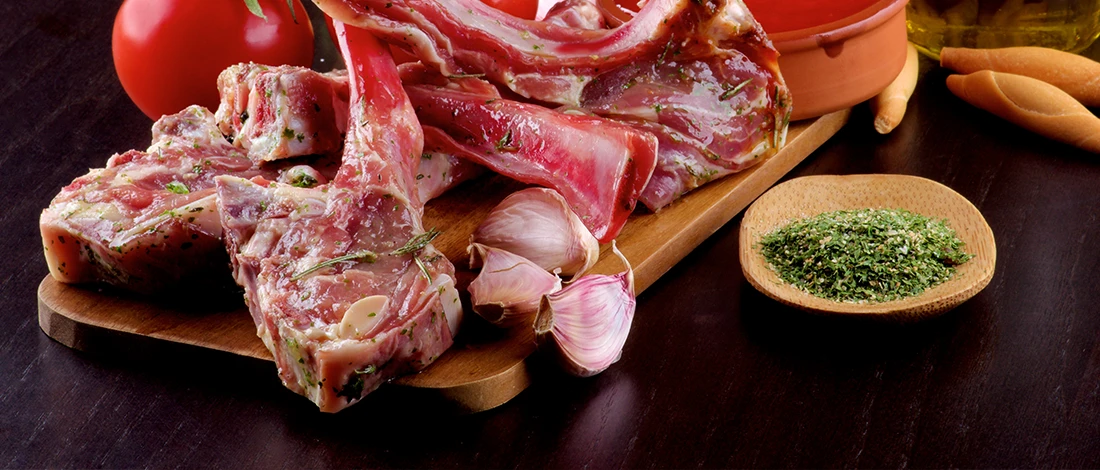
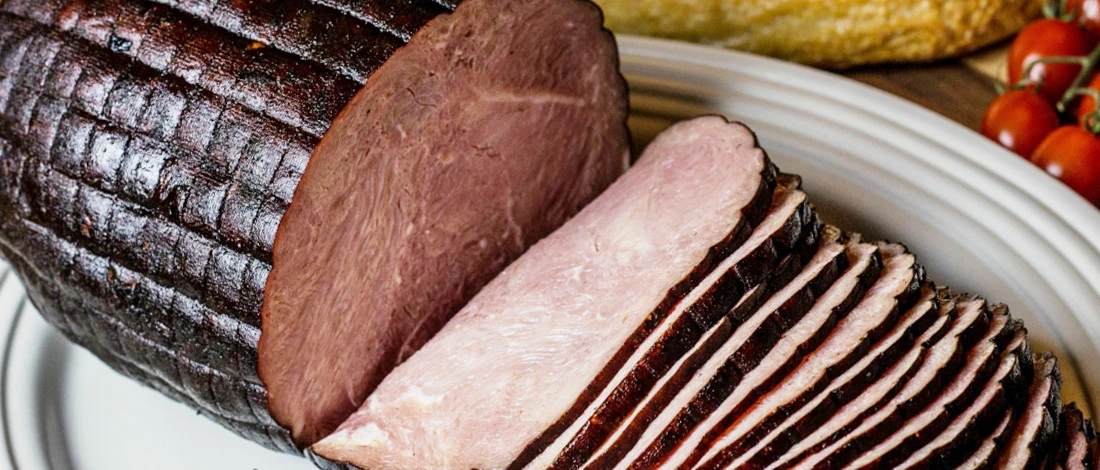
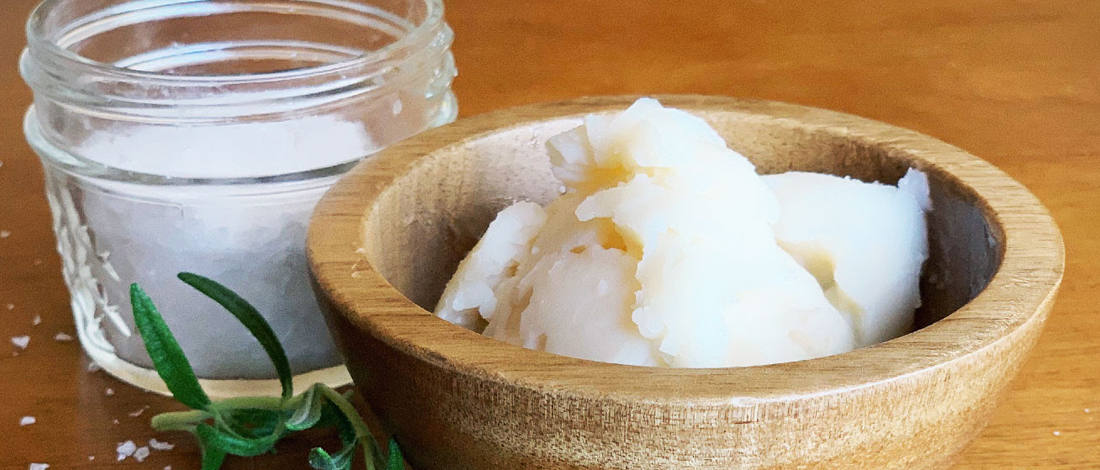

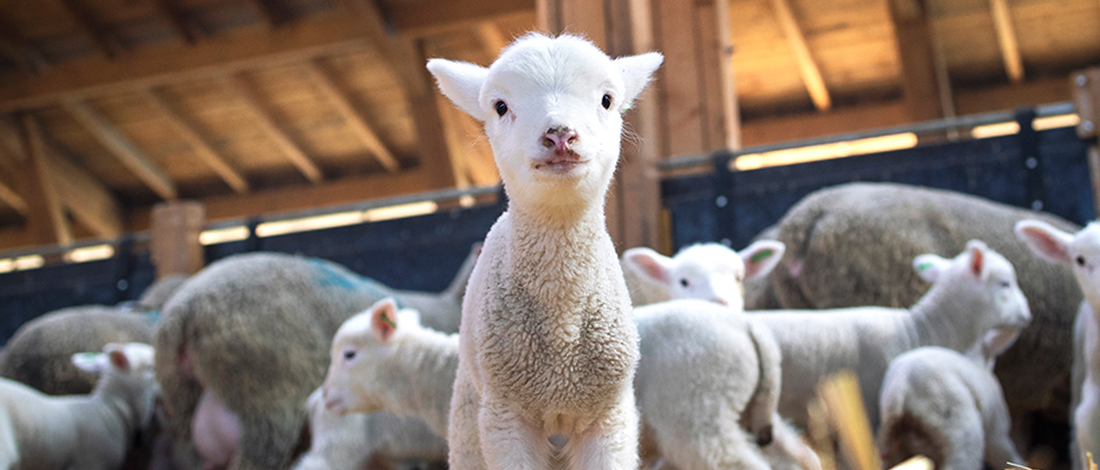
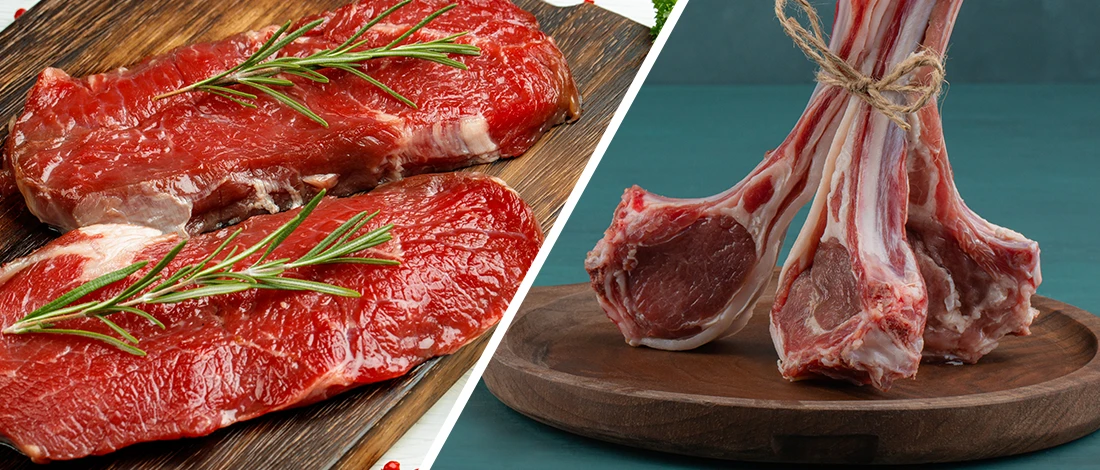

I found this post on lamb tallow fascinating. I had no idea about its various uses and benefits. It’s great to learn how it can be used in skincare and cooking. I’m definitely inspired to try some recipes and maybe even make my own skincare products.